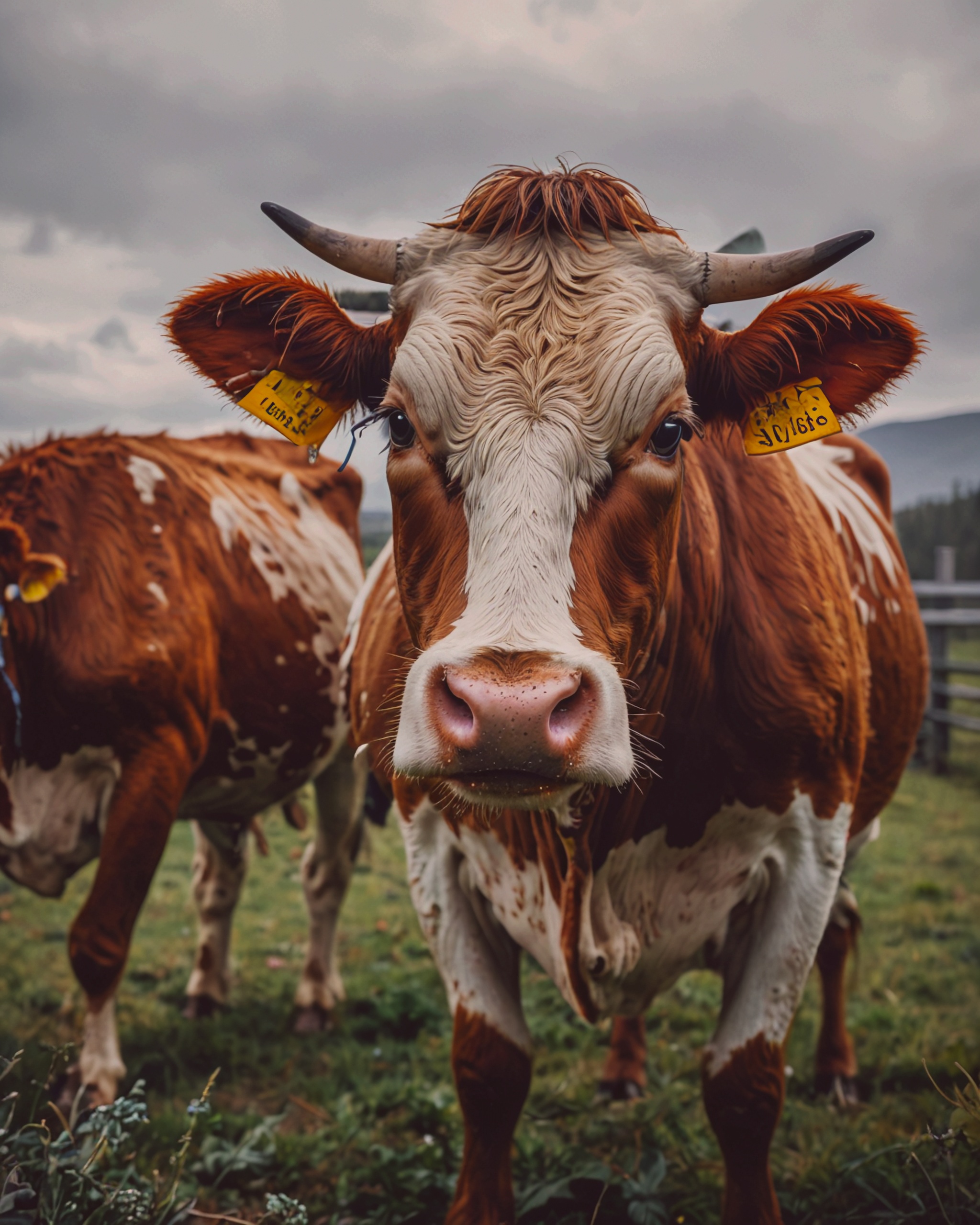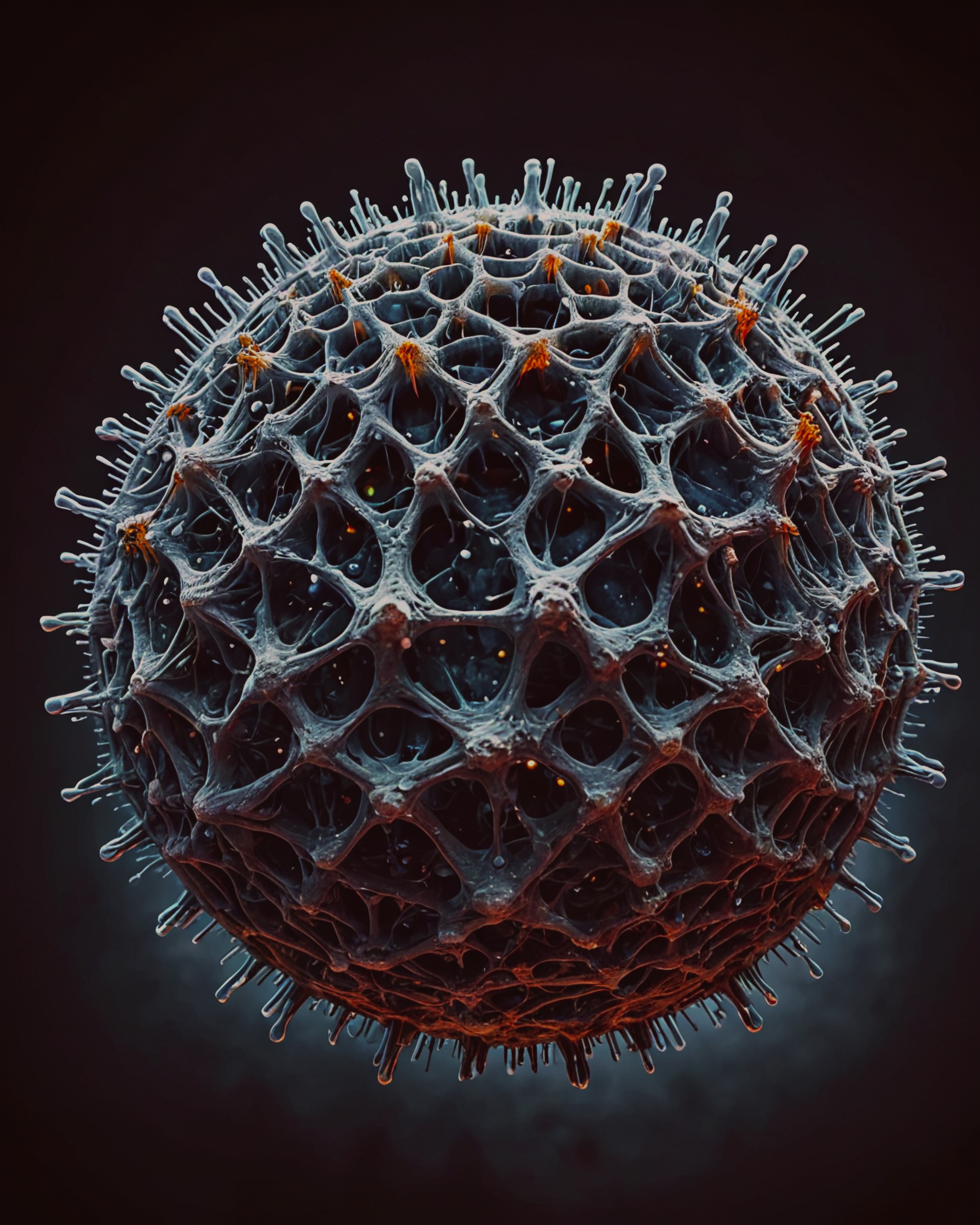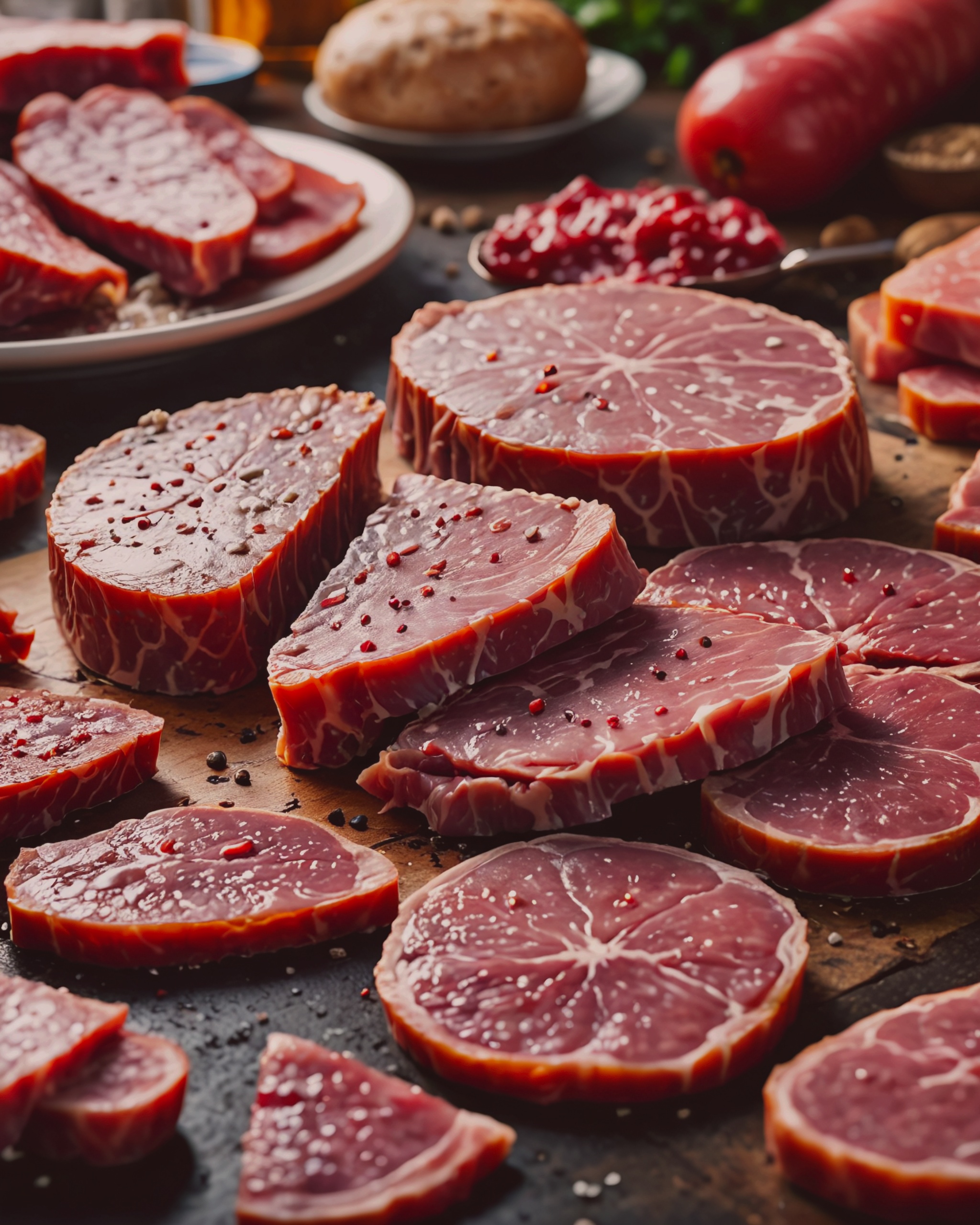Initial Discovery
Earlier this year, scientists discovered influenza in American cows, raising questions about its transmission. Experiments in Kansas and Germany have provided answers about how influenza in American cows spreads.
Transmission Through Milking Machines
Researchers found no evidence that the virus spreads through respiratory infection. Juergen Richt, a virologist at Kansas State University and co-leader of the study, suggested that contaminated milking machines are the primary mode of transmission.
Dr. Richt stated that the findings offer hope for controlling the outbreak before the virus evolves to spread more easily among humans. “This is good news that we can most likely control it easier than people thought,” he said. “Hopefully we can now kick this thing in the behind and knock it out.”
Pending Publication
A peer-reviewed journal has not yet published the study’s results. Seema Lakdawala, a virologist at Emory University who was not involved in the study, emphasized that farmers must significantly alter milking practices to break the transmission chain. “It’s incredible that these outcomes are emerging,” she said. “However, this is a serious logistical issue.”
Outbreak Details
In January, veterinarians observed unexplained declines in milk production in cows and sent samples to the Department of Agriculture for testing. By March, the department confirmed that milk from cows in Kansas, New Mexico, and Texas contained a deadly strain of influenza common in birds. They also found the virus in swabs from a Texas cow’s mouth, highlighting how influenza in American cows spreads.
Extent of the Spread
Since then, 132 herds in 12 states have tested positive for the virus. Most affected cows recover after a drop in milk production, though some have died or been slaughtered. Researchers knew some influenza strains could infect mammary cells and be shed in milk, but this year’s outbreak is unprecedented.
Human Infections
So far, only three people in the U.S. have contracted the virus from cows. Two farm workers developed conjunctivitis, while a third experienced respiratory symptoms.
Transmission Theories
Scientists were puzzled by the virus’s rapid spread. One theory suggests it spreads through milking practices on large farms. Workers clean a cow’s teats, manually produce a few squirts, and then attach a claw with four tubes to draw out the milk. This claw, used on hundreds of cows before being cleaned, may facilitate the spread of influenza in American cows.
Study Findings
In another study, Dr. Lakdawala and her colleagues found that the influenza virus can remain viable on a claw for several hours. Scientists also worried about the virus potentially spreading as a respiratory disease, which could have broader implications for cattle and human transmission.
Controlled Experiments
In May, Dr. Richt and his team, along with German researchers, conducted controlled experiments. Martin Beer and his team at the Friedrich-Loeffler-Institut in Germany injected the virus into the teats of three lactating cows. These cows soon showed symptoms similar to those observed on farms: fevers, loss of appetite, and reduced milk production. The milk produced was thick and yogurt-like.
To compare, researchers injected cows with a different H5N1 virus strain, which caused similar symptoms. This consistency indicated that the virus behaves similarly across strains, shedding more light on how influenza in American cows spreads.
Further Testing
Dr. Richt also tested the virus by injecting it into the mouths and noses of non-lactating and male cows. These cows developed low-level infections and shed the virus for eight days. However, when healthy cows were exposed to the infected ones, they did not get sick, suggesting the virus does not spread easily as a respiratory infection.
Future Considerations
The results are promising but involve a small number of cows and an early virus strain. The virus has been mutating, and newer strains might behave differently. Dr. Lakdawala stressed the urgency of stopping the virus’s spread. Disinfecting milking equipment could slow milk production and introduce chemicals into the milk supply. “We don’t want bleach in milk,” she said.
Protecting Dairy Workers
Protecting dairy workers is also crucial. Personal protective equipment like goggles and face shields could help prevent infection. Preventing human infection may also stop the virus from evolving to better adapt to humans. “You never know what happens with this virus in the future,” Dr. Richt said.



